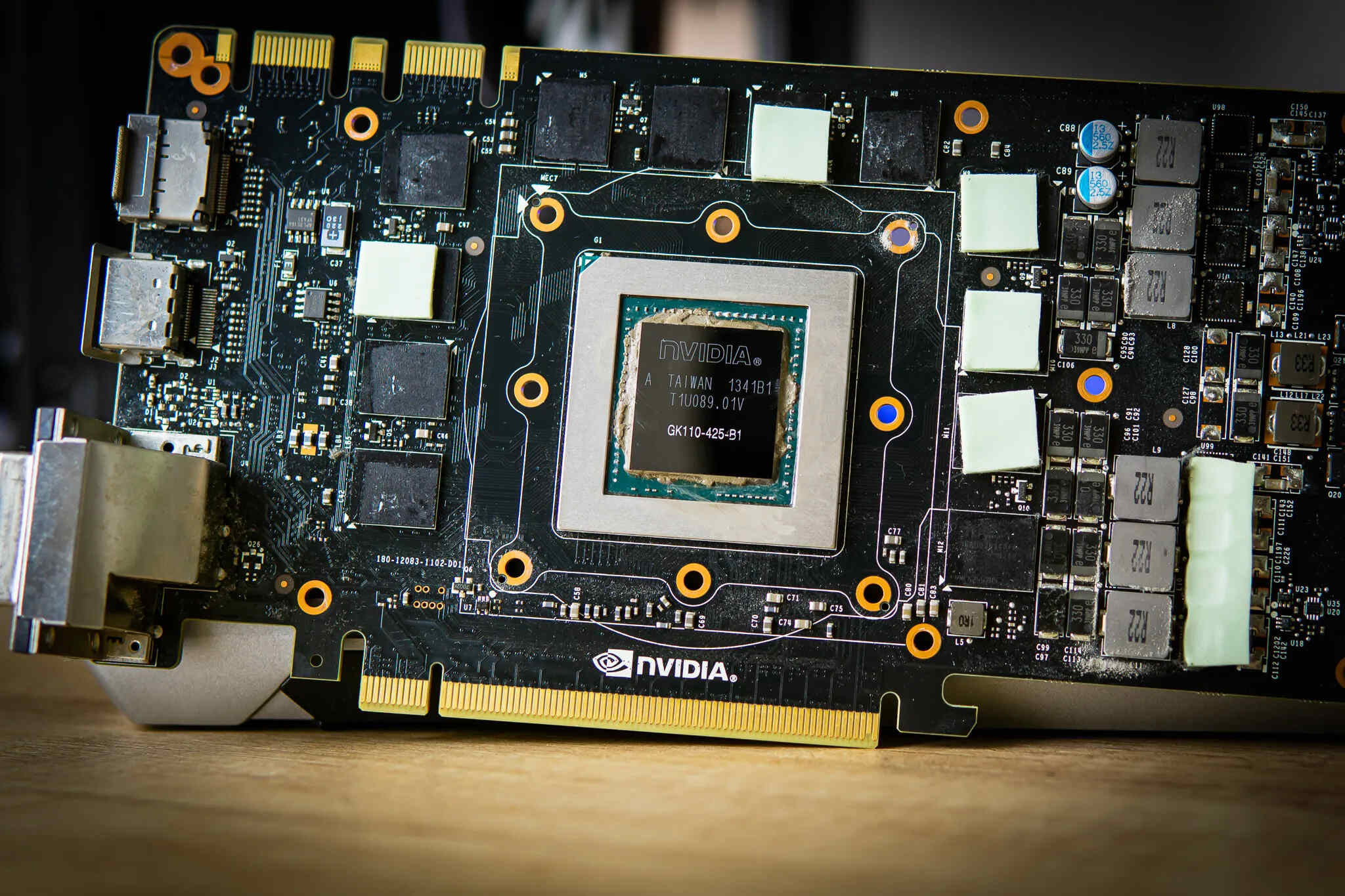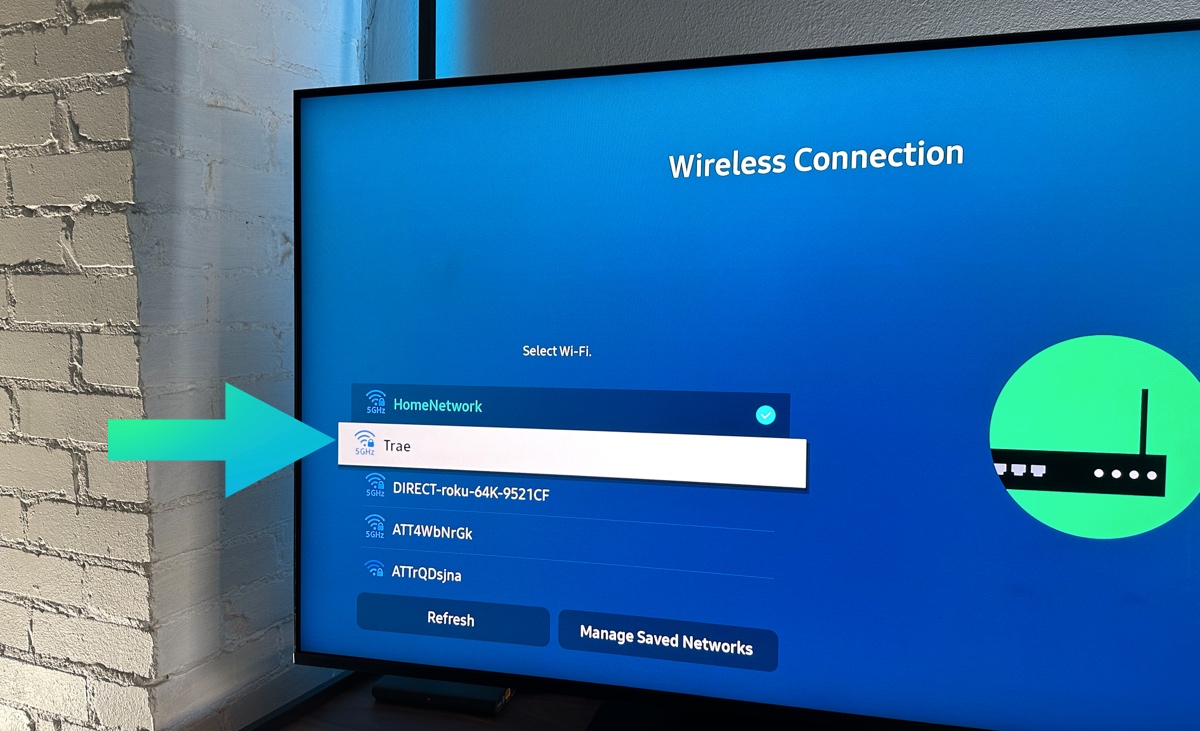What is Hotspot Mining?
Hotspot mining is a revolutionary concept in the realm of cryptocurrency that has gained significant traction in recent times. At its core, hotspot mining involves the process of earning rewards by providing wireless network coverage and enabling the functionality of blockchain-based networks, such as Helium. This innovative approach leverages the deployment of physical devices, known as hotspots, to create a decentralized wireless network that facilitates the transfer of data and supports the operations of various Internet of Things (IoT) devices.
Hotspot mining represents a paradigm shift in the traditional understanding of mining within the cryptocurrency space. Unlike conventional mining, which typically involves the validation of transactions and the creation of new digital coins, hotspot mining focuses on building and maintaining a robust wireless network infrastructure. This infrastructure is designed to empower the seamless functioning of IoT devices and enable the secure transfer of data within a decentralized ecosystem.
At the heart of hotspot mining is the concept of proof-of-coverage, which serves as the mechanism for validating the contribution of hotspots to the network. By fulfilling this crucial role, hotspots not only support the operational efficiency of blockchain-based networks but also earn rewards in the form of cryptocurrency tokens. This incentivizes individuals and businesses to participate in hotspot mining, thereby fostering the expansion and resilience of the wireless network.
In essence, hotspot mining embodies a collaborative approach to network development, where individuals can contribute to the growth of a decentralized infrastructure while reaping the benefits of their participation. This innovative model not only promotes the democratization of wireless network coverage but also offers a compelling avenue for individuals to engage with blockchain technology in a tangible and impactful manner.
As the landscape of cryptocurrency continues to evolve, hotspot mining stands out as a pioneering concept that not only redefines the traditional notions of mining but also underscores the transformative potential of decentralized wireless networks in the digital age.
How Does Hotspot Mining Work?
Hotspot mining operates on a simple yet ingenious principle that harnesses the power of wireless network coverage to drive the functionality of blockchain-based networks. At its core, hotspot mining relies on the deployment of physical devices, known as hotspots, which serve as the backbone of a decentralized wireless infrastructure. These hotspots are strategically positioned to create a network that facilitates the seamless transfer of data and supports the operations of IoT devices.
The fundamental mechanism that underpins hotspot mining is the concept of proof-of-coverage. This mechanism serves as the cornerstone for validating the contribution of hotspots to the network. Hotspots continuously broadcast wireless signals and provide coverage to a specific geographic area. These signals are then utilized to verify the presence and effectiveness of the hotspots within the network, thereby establishing their role in enabling wireless connectivity and data transfer.
To participate in hotspot mining, individuals or businesses can acquire and deploy hotspots in locations where wireless network coverage is needed. Once activated, these hotspots begin transmitting signals and contributing to the overall coverage of the network. The performance and reliability of the hotspots are continuously assessed through the proof-of-coverage mechanism, which ensures that they are actively supporting the network's operations.
As hotspots fulfill their crucial role in maintaining wireless coverage and facilitating data transfer, they become eligible to receive rewards in the form of cryptocurrency tokens. These rewards are distributed as an incentive for the valuable contribution of the hotspots to the network. The process of earning rewards through hotspot mining not only encourages the expansion of wireless network coverage but also incentivizes the ongoing participation of individuals and businesses in bolstering the decentralized infrastructure.
Furthermore, hotspot mining operates within a decentralized framework, meaning that the network is not controlled by a single entity. This decentralization fosters a level playing field for participants and promotes the democratization of wireless network coverage. It also aligns with the core principles of blockchain technology, emphasizing transparency, security, and peer-to-peer interactions.
In essence, hotspot mining represents a symbiotic relationship between the deployment of physical infrastructure and the incentivization of network participation. By leveraging the power of wireless connectivity and blockchain technology, hotspot mining offers a compelling avenue for individuals and businesses to contribute to the growth of decentralized wireless networks while earning rewards for their valuable participation.
Benefits of Hotspot Mining
Hotspot mining presents a myriad of compelling benefits that underscore its transformative potential within the cryptocurrency and wireless network landscape. These benefits extend beyond the realm of traditional mining practices and offer a unique value proposition for individuals and businesses seeking to engage with blockchain technology and contribute to the expansion of decentralized wireless networks.
1. Passive Income Generation
Participating in hotspot mining provides individuals and businesses with the opportunity to generate passive income through the deployment of hotspots. By contributing to the wireless network coverage and facilitating the seamless transfer of data, hotspots can earn rewards in the form of cryptocurrency tokens. This passive income stream offers a tangible incentive for individuals to engage with hotspot mining and contribute to the growth of decentralized wireless infrastructure.
2. Democratization of Wireless Coverage
Hotspot mining fosters the democratization of wireless network coverage by enabling individuals and businesses to deploy hotspots in areas where connectivity is needed. This decentralized approach empowers diverse stakeholders to participate in expanding network coverage, thereby reducing dependency on centralized network providers. The democratization of wireless coverage aligns with the ethos of decentralization and promotes inclusivity within the wireless network ecosystem.
3. Support for IoT Ecosystem
The deployment of hotspots through hotspot mining plays a pivotal role in supporting the Internet of Things (IoT) ecosystem. By providing reliable wireless connectivity, hotspots enable the seamless operation of IoT devices, ranging from smart home appliances to industrial sensors. This support for the IoT ecosystem contributes to the advancement of interconnected technologies and lays the groundwork for innovative applications across various industries.
4. Environmental Sustainability
Hotspot mining aligns with principles of environmental sustainability by leveraging existing wireless infrastructure and minimizing the need for extensive physical resources. The deployment of hotspots optimizes the utilization of wireless spectrum and promotes efficient coverage, leading to reduced energy consumption and environmental impact compared to traditional mining practices. This emphasis on sustainability underscores the conscientious approach of hotspot mining towards resource utilization.
5. Community Engagement and Collaboration
Participation in hotspot mining cultivates a sense of community engagement and collaboration among individuals and businesses. By contributing to the expansion of decentralized wireless networks, participants play an active role in building a resilient and inclusive network infrastructure. This collaborative ethos fosters a shared sense of ownership and encourages collective efforts towards enhancing wireless connectivity in diverse geographical locations.
In essence, the benefits of hotspot mining extend far beyond the scope of traditional mining practices, offering a multifaceted value proposition that encompasses passive income generation, democratization of wireless coverage, support for the IoT ecosystem, environmental sustainability, and community engagement. These benefits underscore the transformative potential of hotspot mining in reshaping the landscape of wireless connectivity and blockchain technology, while providing tangible incentives for individuals and businesses to actively participate in network expansion and maintenance.
Risks and Challenges of Hotspot Mining
While hotspot mining offers compelling benefits and opportunities, it is essential to acknowledge the inherent risks and challenges associated with this innovative approach to cryptocurrency and wireless network participation. Understanding these factors is crucial for individuals and businesses considering engagement in hotspot mining, as it enables informed decision-making and proactive mitigation strategies.
-
Market Volatility and Token Valuation: The cryptocurrency market is known for its inherent volatility, and the valuation of tokens earned through hotspot mining is subject to market fluctuations. This volatility can impact the potential rewards generated from hotspot mining activities, leading to uncertainty in the value of earned tokens.
-
Regulatory Uncertainty: The evolving regulatory landscape surrounding cryptocurrency and blockchain technology introduces a level of uncertainty for hotspot mining participants. Regulatory changes and compliance requirements may impact the legality and operational framework of hotspot mining activities, necessitating vigilance and adaptability to regulatory developments.
-
Network Security and Vulnerabilities: Hotspot mining relies on the secure and reliable operation of wireless networks, making it susceptible to network security threats and vulnerabilities. Ensuring the integrity of the network infrastructure and safeguarding against potential cyber threats is paramount to the sustained effectiveness of hotspot mining operations.
-
Technological Advancements and Obsolescence: The rapid pace of technological advancements in wireless connectivity and blockchain infrastructure introduces the risk of obsolescence for hotspot mining hardware and protocols. Participants must navigate the evolving technological landscape to ensure the continued relevance and efficiency of their hotspot mining endeavors.
-
Operational Costs and Maintenance: Deploying and maintaining hotspots entail operational costs, including hardware expenses, energy consumption, and maintenance overheads. Balancing these operational costs with the potential rewards from hotspot mining requires prudent financial management and operational efficiency.
-
Competition and Network Saturation: As hotspot mining gains traction, the competitive landscape and network saturation pose challenges for new participants seeking to establish and maintain profitable hotspot operations. Navigating competition and optimizing network coverage in densely populated areas necessitates strategic deployment and operational planning.
-
Community Governance and Participation: The decentralized nature of hotspot mining introduces governance and participation challenges, as stakeholders engage in decision-making processes and network governance. Balancing community interests, consensus mechanisms, and network enhancements requires active community engagement and collaborative governance frameworks.
Acknowledging and addressing these risks and challenges is integral to the sustainable and informed engagement in hotspot mining. By proactively mitigating these factors and adapting to the dynamic landscape of cryptocurrency and wireless networks, participants can navigate the complexities of hotspot mining while leveraging its transformative potential.
The risks and challenges inherent in hotspot mining underscore the importance of comprehensive risk management strategies, regulatory awareness, technological adaptability, and community collaboration to foster a resilient and sustainable ecosystem for decentralized wireless network participation.
Hotspot Mining vs. Traditional Mining
Hotspot mining and traditional mining represent distinct approaches within the realm of cryptocurrency and blockchain technology, each offering unique mechanisms and value propositions for participants. Understanding the differences between these mining paradigms is essential for individuals and businesses seeking to engage with cryptocurrency mining and network participation.
Resource Utilization and Infrastructure
In traditional mining, the focus lies primarily on the validation of transactions and the creation of new digital coins within blockchain networks, such as Bitcoin and Ethereum. This process involves the utilization of computational resources, often in the form of specialized hardware, to solve complex cryptographic puzzles and secure the network. The energy-intensive nature of traditional mining has led to concerns regarding environmental impact and resource consumption.
On the other hand, hotspot mining diverges from the resource-intensive approach of traditional mining by leveraging wireless network coverage and physical infrastructure deployment. Hotspot mining revolves around the deployment of hotspots to create and maintain decentralized wireless networks, enabling the seamless transfer of data and supporting IoT devices. This shift in focus from computational resources to physical infrastructure underscores the innovative and sustainable nature of hotspot mining.
Incentivization and Participation
Traditional mining incentivizes participants, known as miners, through the generation of new coins and transaction fees. The competitive nature of traditional mining often leads to concentrated mining operations in regions with abundant energy resources, resulting in centralization concerns and competitive barriers for new participants.
In contrast, hotspot mining incentivizes individuals and businesses by rewarding them with cryptocurrency tokens for providing wireless network coverage and supporting the operations of decentralized networks. This approach fosters a decentralized and inclusive participation framework, allowing diverse stakeholders to contribute to the expansion of wireless coverage and earn rewards through hotspot deployment. The incentivization model of hotspot mining promotes broader participation and aligns with the principles of decentralization and inclusivity.
Network Functionality and Use Cases
Traditional mining primarily serves the function of validating transactions and maintaining the security and integrity of blockchain networks. While traditional mining plays a crucial role in the operation of cryptocurrency networks, its scope is predominantly focused on transaction processing and consensus mechanisms.
Hotspot mining, on the other hand, extends beyond transaction validation to facilitate the creation of decentralized wireless networks that support the functionality of IoT devices and enable the seamless transfer of data. This expansion of use cases positions hotspot mining as a pivotal enabler of interconnected technologies and wireless connectivity, with implications spanning smart home applications, industrial IoT deployments, and beyond.
In essence, the comparison between hotspot mining and traditional mining underscores the divergent approaches and value propositions inherent in these mining paradigms. While traditional mining emphasizes computational resources and transaction validation, hotspot mining prioritizes physical infrastructure deployment and wireless network coverage, offering a sustainable, inclusive, and multifaceted approach to cryptocurrency mining and network participation.
Conclusion
In conclusion, hotspot mining represents a groundbreaking evolution in the realm of cryptocurrency and wireless network participation, offering a paradigm shift from traditional mining practices. The innovative concept of hotspot mining leverages the deployment of physical hotspots to create decentralized wireless networks, fostering the seamless transfer of data and supporting the operational efficiency of IoT devices. The transformative potential of hotspot mining is underscored by a multifaceted value proposition that encompasses passive income generation, democratization of wireless coverage, support for the IoT ecosystem, environmental sustainability, and community engagement.
By providing individuals and businesses with the opportunity to passively earn rewards through the deployment of hotspots, hotspot mining incentivizes broader participation and fosters a decentralized and inclusive framework for network expansion. The democratization of wireless coverage empowers diverse stakeholders to contribute to the growth of decentralized networks, reducing dependency on centralized network providers and promoting inclusivity within the wireless network ecosystem. Furthermore, hotspot mining plays a pivotal role in supporting the IoT ecosystem, laying the groundwork for innovative applications across various industries and advancing interconnected technologies.
Despite the compelling benefits offered by hotspot mining, it is crucial to acknowledge and address the inherent risks and challenges associated with this innovative approach. Market volatility, regulatory uncertainty, network security, technological obsolescence, operational costs, competition, and community governance pose complexities that necessitate proactive risk management and adaptability. By navigating these challenges and fostering a resilient ecosystem, hotspot mining can continue to thrive as a sustainable and impactful means of decentralized wireless network participation.
In contrast to traditional mining, hotspot mining embodies a sustainable and inclusive approach that prioritizes physical infrastructure deployment and wireless network coverage, offering a multifaceted value proposition that extends beyond transaction validation. The comparison between hotspot mining and traditional mining highlights the divergent approaches and value propositions inherent in these mining paradigms, emphasizing the innovative and transformative nature of hotspot mining within the cryptocurrency and wireless network landscape.
As the landscape of cryptocurrency and wireless networks continues to evolve, hotspot mining stands as a testament to the transformative potential of decentralized wireless infrastructure and the tangible incentives it offers to individuals and businesses. Through proactive risk management, regulatory awareness, technological adaptability, and community collaboration, hotspot mining can continue to shape the future of wireless connectivity and blockchain technology, empowering diverse stakeholders to actively participate in the expansion and maintenance of decentralized wireless networks.

























